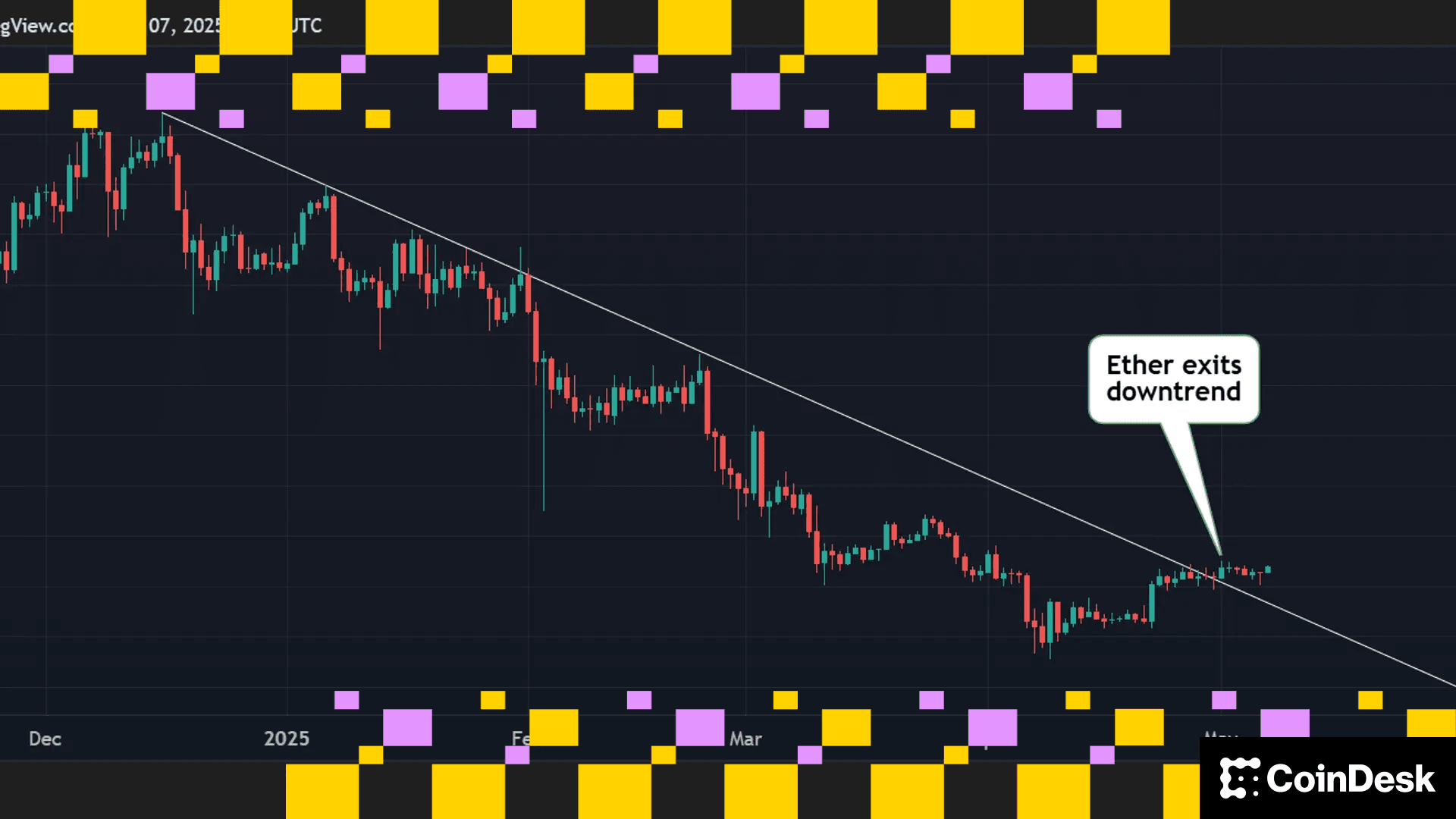Scaramucci Says Bitcoin Treasury Trend Will Fade Despite Saylor’s Success
The SkyBridge founder told Bloomberg that companies adding crypto to their balance sheets is temporary. Lorem ipsum dolor sit amet, consectetur adipiscing elit, sed do eiusmod tempor incididunt ut labore et dolore magna aliqua. Ut enim ad minim veniam, quis nostrud exercitation ullamco laboris nisi ut aliquip ex ea commodo consequat. Duis aute irure dolor in reprehenderit in voluptate velit esse cillum dolore eu fugiat nulla pariatur. Excepteur sint occaecat cupidatat non proident, sunt in culpa qui officia deserunt mollit anim id est laborum.

What to know:
- Anthony Scaramucci said the bitcoin treasury strategy is only a short-term trend.
- The success of Strategy sparked other companies to adopt the approach.
- Some firms have started adding ether or XRP to their treasuries.
Anthony Scaramucci, the founder and managing partner of hedge fund SkyBridge Capital, says the wave of companies adopting a Bitcoin (BTC) treasury strategy is just a passing trend. In an interview with Bloomberg, Scaramucci said he expects the approach to lose momentum in the coming months.
“Right now we’re having this replicative treasury company idea,” Scaramucci said. “So, you know, it will fade.”
He implied that investors may start to wonder why they’re paying extra for a company to hold an asset they could simply buy themselves.
The idea of using bitcoin as a corporate treasury asset gained traction in 2021, when Strategy (MSTR), a software developer led by Michael Saylor, became the first major public company to do so. Saylor’s aggressive bitcoin purchases turned Strategy into a de facto bitcoin investment vehicle, sending its stock price soaring nearly 3,000% since then.
The massive gains drew attention across corporate America and elsewhere. A number of companies followed Strategy’s lead, including medical device maker Semler Scientific (SMLR), which announced its own bitcoin treasury strategy in May 2024, and Tokyo-based Metaplanet (3350), which started out as a hotel management company.
The trend hasn’t been limited to high-profile firms. Smaller companies, often penny-stocks, also jumped in, trying to raise capital or attract investor interest by adding bitcoin or other cryptocurrencies to their balance sheets.
What began as a focus on bitcoin soon expanded to other digital assets. Some companies opted to purchase ether (ETH) or XRP (XRP) as part of their treasury strategy, pushing the concept beyond its original scope.
Scaramucci acknowledged that Saylor’s success is unique, pointing to the company’s other business lines beyond bitcoin holdings.
“Saylor’s case is different, because he’s got a couple different products going now,” Scaramucci said in the interview with Bloomberg. “I’m not negative on the others, because I’m too bullish on bitcoin, but I would just say as an investor, you have to look through the underlying Near Protocol (NEAR) costs associated with each one of these treasury Near companies.”
More For You
Exchange Review - March 2025

CoinDesk Data's monthly Exchange Review captures the key developments within the cryptocurrency exchange market. The report includes analyses that relate to exchange volumes, crypto derivatives trading, market segmentation by fees, fiat trading, and more.
What to know:
Trading activity softened in March as market uncertainty grew amid escalating tariff tensions between the U.S. and global trading partners. Centralized exchanges recorded their lowest combined trading volume since October, declining 6.24% to $6.79tn. This marked the third consecutive monthly decline across both market segments, with spot trading volume falling 14.1% to $1.98tn and derivatives trading slipping 2.56% to $4.81tn.
- Trading Volumes Decline for Third Consecutive Month: Combined spot and derivatives trading volume on centralized exchanges fell by 6.24% to $6.79tn in March 2025, reaching the lowest level since October. Both spot and derivatives markets recorded their third consecutive monthly decline, falling 14.1% and 2.56% to $1.98tn and $4.81tn respectively.
- Institutional Crypto Trading Volume on CME Falls 23.5%: In March, total derivatives trading volume on the CME exchange fell by 23.5% to $175bn, the lowest monthly volume since October 2024. CME's market share among derivatives exchanges dropped from 4.63% to 3.64%, suggesting declining institutional interest amid current macroeconomic conditions.
- Bybit Spot Market Share Slides in March: Spot trading volume on Bybit fell by 52.1% to $81.1bn in March, coinciding with decreased trading activity following the hack of the exchange's cold wallets in February. Bybit's spot market share dropped from 7.35% to 4.10%, its lowest since July 2023.
More For You











